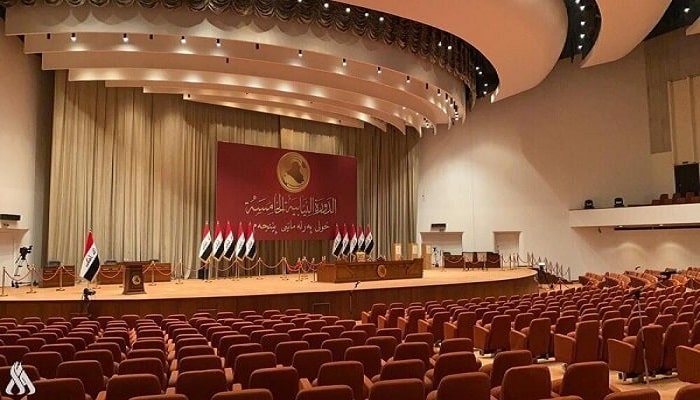PNN – After the announcement of the election results, the process of appointing the President and Prime Minister in Iraq requires political group consensus and must go through four main stages.
According to the report of Pakistan News Network, citing Al Jazeera, after the public voting for the Iraqi parliamentary elections on November 10 and the announcement of the preliminary results by the Independent High Electoral Commission, the political process in the country enters a complex phase, beginning with legal challenges and ending with the inauguration of the new government.
Based on the preliminary results announced by the commission, which are subject to increase or decrease, the highest number of seats went to the Reconstruction and Development list led by the current Prime Minister Mohammed Shia’ Al Sudani, with 46 seats. This was followed by the State of Law list led by Nouri al-Maliki and the Progress list led by Mohammed al-Halbousi.
Read more:
Examining the results of the Iraqi elections; how are the parliamentary seats distributed?
Stages of forming the new government in Iraq
Hamid Al-Sayegh, a legal affairs expert, told Al Jazeera that after the elections, the main legal stages for forming the new Iraqi government can be summarized in four key steps:
- Filing objections and then confirmation of results by the Federal Court.
- The President inviting the new parliament to convene its first session and elect the Speaker and two deputies.
- Electing the new President and assigning the largest parliamentary bloc’s nominee to select government ministers.
- Initiating negotiations between winning blocs to form the new government.
Al-Sayegh noted that the announced results are not final and can be contested before a three-member judicial panel. Candidates have a three-day period to file objections, after which the panel has ten days to review the complaints and announce the final results.
After final confirmation, the President invites the new parliament to convene within 15 days. In the first session, the Speaker and two deputies are elected by a simple majority (half plus one). The next step is the election of the President within 30 days, requiring a two-thirds majority of all parliament members (absolute majority). This position is traditionally reserved for the Kurds.
Who is tasked with forming the government?
According to the legal analyst, after election, the President must, within 15 days of his election, assign the Prime Minister to form the cabinet. The Prime Minister candidate must be a member of the “largest parliamentary bloc” under Article 76 of the Constitution. This post is traditionally allocated to the Shiites.
Al-Sayegh explained that the impossibility of an absolute majority among parties forces the winning coalition to negotiate with allies to become the largest bloc. The designated Prime Minister then has a full 30 days to select his cabinet members and present them to parliament for a vote of confidence.
Meanwhile, Mohammed Awad, an electoral affairs researcher, said that electing the President requires a two-thirds majority of the 220 parliament members, whereas the Prime Minister and Speaker are elected by a simple majority (half plus one).
Will the 2021 election scenario repeat?
Awad believes that due to the current election’s complexities, appointing the Prime Minister and forming the government may be delayed, as in 2021. Given the close competition between Coordination Framework forces and other political groups, a repeat of the previous delay scenario is possible.
He added that the positions of influential international powers in Iraq could also affect future political agreements, particularly regarding the selection of the new Prime Minister. Therefore, the post-election phase and the process of appointing the next Prime Minister are expected to experience some ups and downs.

